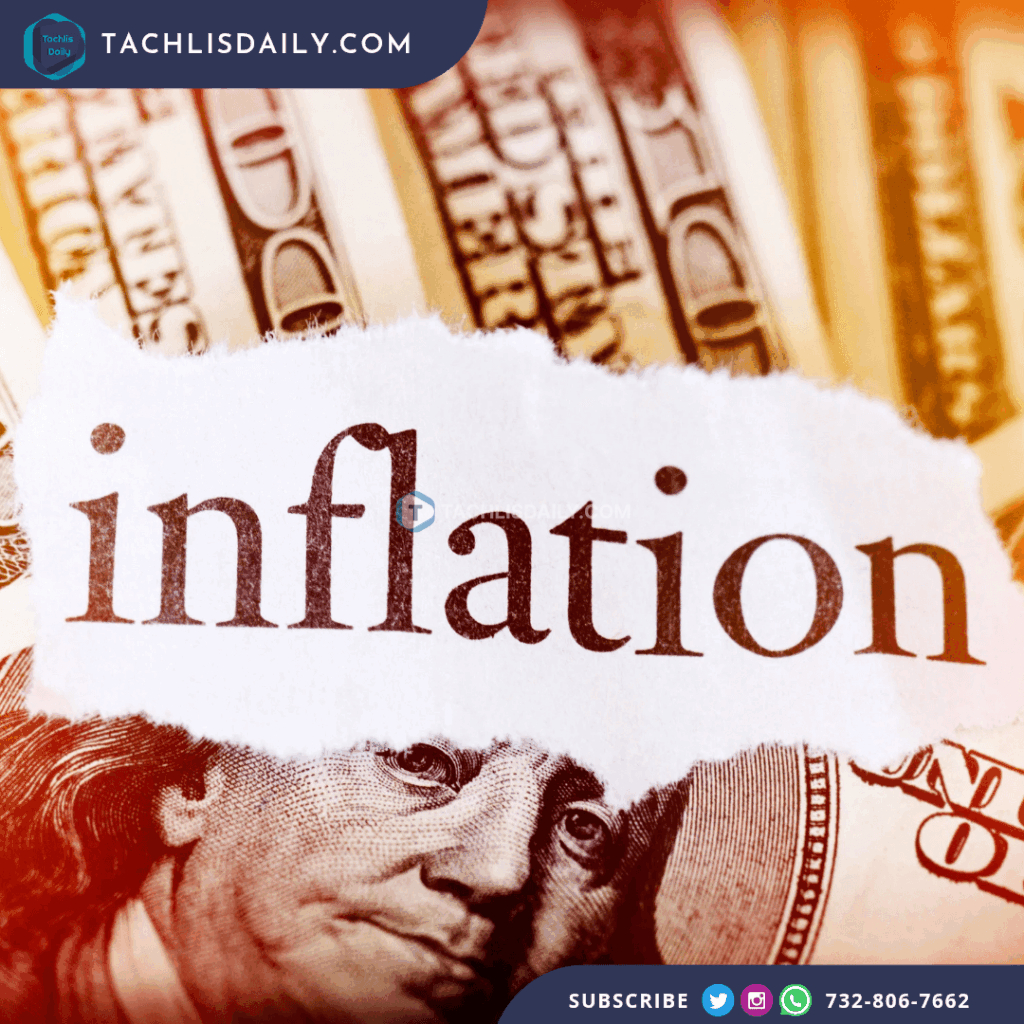U.S. inflation cooled more than economists expected in April, offering a sign of resilience in the economy even as new tariffs begin to reshape consumer pricing. The Consumer Price Index (CPI) rose just 0.2% for the month, bringing the annual inflation rate down to 2.3%—the lowest since February 2021. This marks a continued retreat from the inflationary peaks seen in the post-pandemic period, defying forecasts that projected a steadier rate of 2.4%.
While the impact of President Donald Trump’s expanded tariffs is expected to influence prices in the coming months, the current data reflects a temporary reprieve for American households. Economists cite multiple factors delaying inflationary pressure, including businesses pre-loading inventories, strategic absorption of costs by manufacturers and retailers, and recent shifts in tariff enforcement policies. Goods affected by tariffs did show some price increases, but these were largely offset by declines in service costs, such as air travel.
Food prices offered some of the most noticeable relief for consumers. Grocery costs fell 0.4% from March, and egg prices plummeted by 12.7%—a correction following surges tied to avian flu disruptions. Overall, food prices dropped 0.1%, while energy costs ticked up 0.7%. Stripping out food and energy, the core CPI rose by 0.2% for the month and held steady at an annual rate of 2.8%.
However, early signs of tariff-induced inflation are beginning to emerge. Prices for household furnishings and appliances rose 1%, while tech-related items such as computers and phones reversed prior declines with a 0.3% increase. Economists warn that these shifts may signal the beginning of a broader uptick in consumer costs as trade measures ripple through the economy.
Looking ahead, analysts forecast that inflation may rebound by summer, potentially pushing the CPI back above 3%. This expected rise, along with softening consumer demand and rising uncertainty, could slow economic growth in the second half of the year. The Federal Reserve, which targets a 2% inflation rate using a separate index, remains cautious in its monetary policy. Officials are closely monitoring the economic landscape before making changes to interest rates.
Financial institutions anticipate that the Fed may begin cutting rates later this year to counteract economic headwinds, particularly in the labor market. Some forecasts suggest up to four quarter-point reductions could take place by the end of 2025, as the central bank seeks to balance inflation control with economic stability.











